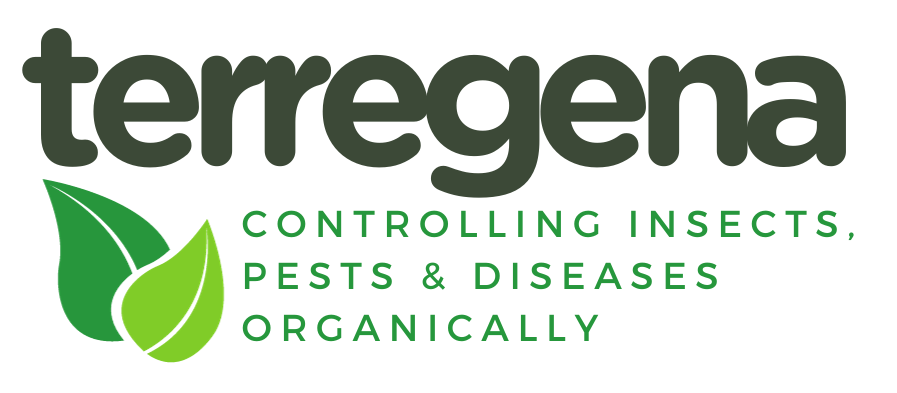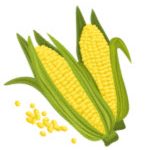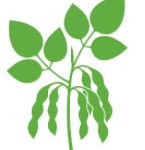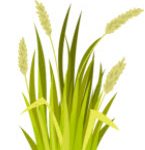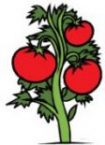Crop Disease Control
Our Beauveria bassiana products enhance plant resistance to fungal diseases and improve their ability to withstand both flooding and drought. Extensive research, reports, and trials have demonstrated the effectiveness of both our organic and non-organic applications, showcasing resistance against:
Potatoes
- Potato Psyllids
- Colorado Potato Beetle
- Rhizoctonia
- Anthracnose
- Early Blight
- Wireworm
Wheat
- Wheat midge
- Wheat stem sawfly
Onions
- Onion Maggot
- Onion Thrips
Raspberries
- Spotted Wing Drosophila
Corn
- Mycotoxins
- Fusarium
- Goss’s Wilt
- Anthracnose
- Corn Earworm
- Northern Corn Root Worm Beetle
- Western Corn Root Worm Beetle
- European Corn Borer
Soybeans
- Stem Canker
- Stem Borer
- Fusarium Root Rot
- Common Rust
- Anthracnose
Other
- Leafhoppers
- Pea aphids
- Green peach aphids
- Leaf Miner
- Mites
- Whiteflies
- Squash borer
- Grape colaspis
- Apple maggot
- Plum curculio
- Pecan weevil
- Alfalfa weevil
- Cloverleaf weevil
- Cabbage looper
- Armyworm
- Pink bollworm
- Variegated cutworm
- Black cutworm
- Webworm
- Wireworm
- Japanese beetle
Crop disease control is often gauged by farmers through visual observations rather than advanced tools, making it challenging to compare the effectiveness of treatments without a reference to untreated plants. The international research community has provided ample evidence that symbiotic relationships in agriculture can significantly reduce chemical use.
In the realm of crop disease control, maintaining soil health is critical. The top 2-3 cm of soil is teeming with microorganisms essential for soil integrity and plant wellness. These organisms benefit from plant hormones such as auxins. Incorporating Beauveria bassiana (Bb) is a strategic move for crop disease control, as it establishes protective colonies in plants and acts as a pest deterrent.
Our Beauveria bassiana products are at the forefront of crop disease control, boosting plants’ natural resistance to fungal diseases and enhancing their tolerance to varying water conditions. These products, backed by rigorous research, have proven their value in organic and traditional farming practices.
Our seed and soil treatments aim to increase yield and bolster plant disease resistance for effective crop disease control. Ensuring direct contact with seeds is crucial, as it facilitates Bb in forming a beneficial association with emerging roots.
Our SPE-120, targeted for organic agriculture, embodies crop disease control using Beauveria bassiana as a natural soil inhabitant that nurtures plant growth organically. It combines certified organic ingredients that evolve with the plant’s life cycle.
For conventional farming, crop disease control is enhanced with SBb 2.5, designed to strengthen plant defenses and immune systems. It promotes higher chlorophyll levels and diminishes the need for soil fumigants and other chemical interventions, culminating in healthier plants at harvest.
Available in various packaging options, both SPE-120 and SBb 2.5 comes in liquid or dry forms, allowing for flexible application methods in crop disease control strategies.
